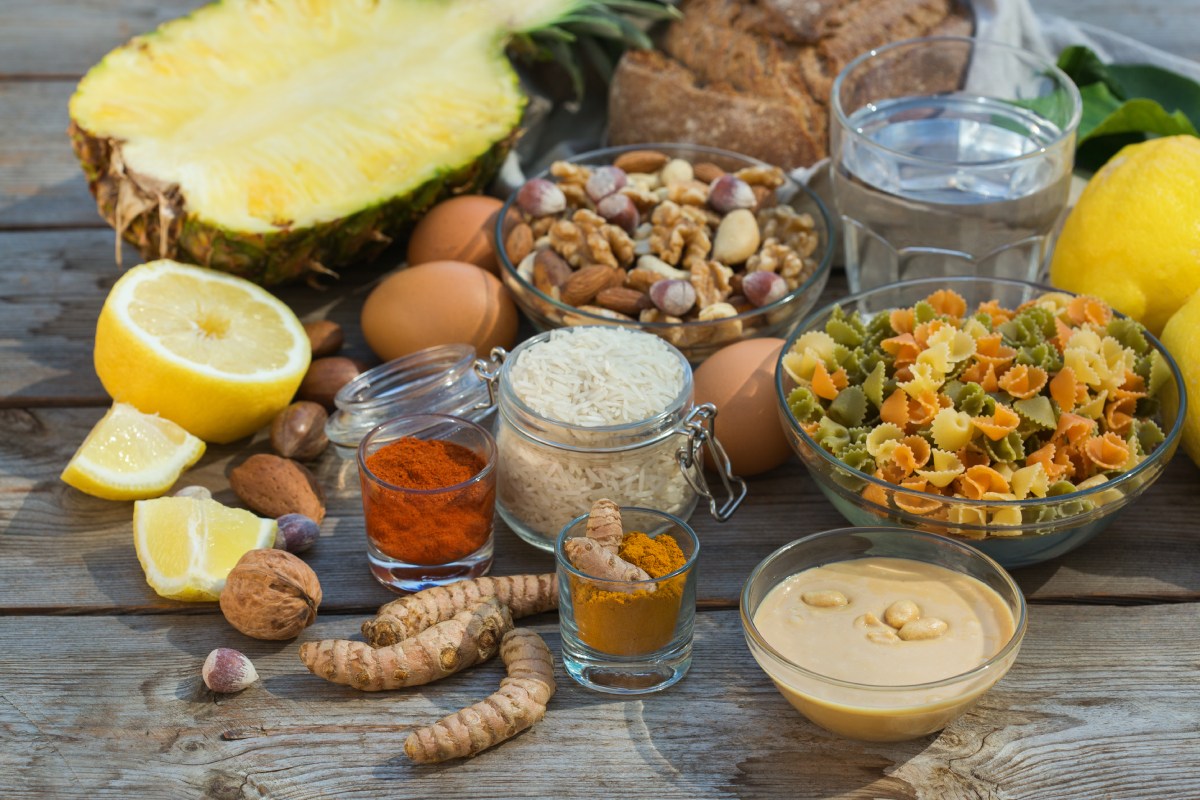Last Updated on October 5, 2023 by Admin
Table of Content
- What is a food supply chain?
- The Essential Elements of the Food Supply Chain
- Future Trends and Challenges
- Conclusion
The global food supply chain is a huge and complex network linking farmers, processors, distributors, retailers, and consumers. It is essential for assuring a constant supply of food from farm to table. However, this intricate network of interconnected activities confronts several difficulties, calling for a closer look at its dynamics.
India is the leading country in net cropped area and second in global agriculture exports, behind the US and China. But the supply chain spoilage loses up to 45% of food production. Moreover, only 7% of perishable foods are processed at all.
This article explores the food supply chain’s many facets, including its essential elements, complications, and creative solutions influencing its future.
What is a food supply chain?
The food supply chain is the entire process that food products go through, from the beginning stage of manufacture to the point at which people eat them. All the procedures, actions, and organisations are involved in the manufacture, processing, packing, transportation, storage, and distribution of food products. It includes farmers, producers, distributors, wholesalers, retailers, and logistics companies.
The Essential Elements of the Food Supply Chain
As we already know about ‘what is food supply chain’, now is the time to understand more about various elements that contribute to the food supply channel in India, the problems in supply chain management, and how advanced technology and training are empowering farmers, distributors and others associated with the food supply chain.
The Starting Point
Farmers and primary producers are at the centre of the food supply chain in India. They raise cattle, develop crops, and create the basic materials that form the basis of the entire supply chain. These stakeholders must address issues like climate change, natural disasters, resource scarcity, and the need to adopt sustainable practices.
Manufacturing and Processing
Raw materials are processed and manufactured after being gathered to increase their shelf life, safety, and appeal. This phase entails converting raw materials into intermediate or finished goods like flour, oils, canned goods, or frozen goods. Strict food safety rules, quality control, and effective production techniques are essential to guarantee consumer satisfaction. Automation, robotics, and artificial intelligence (AI) will greatly help streamline these operations, reduce waste, and ensure consistent product quality.
Logistics and Distribution
Logistics and distribution are the vital links between food producers and retailers in the food supply chain management. Transport, storage, and inventory management are all part of this phase, which guarantees prompt delivery while protecting the quality of the goods. Effective logistics systems must address supply chain visibility, perishability, and demand variations. Real-time tracking, temperature control, and demand forecasting with the help of cutting-edge technologies like the Internet of Things (IoT), blockchain, and predictive analytics, which optimise the flow of commodities across the food supply channel in India, will be a great help in the coming days.
Inventory Control
For stockouts to be avoided, waste to be reduced, and costs to be maximised, accurate demand forecasts and effective inventory management are essential. Companies may better estimate customer demand, alter production levels to that need, and assure appropriate inventory levels across the food supply chain management by utilising historical data, market trends, and predictive analytics. It lowers the possibility of either overstocking or understocking, ultimately improving customer satisfaction and cost savings.
Consumer Experience in Retail
The final stage of the food supply chain in India is retail, where customers make decisions based on factors like price, quality, convenience, and ethics. This stage is undergoing rapid development due to changing consumer preferences, rising transparency demands, and the expansion of e-commerce. Retailers focus on food safety, traceability, and decreasing food waste while utilising digital platforms, targeted marketing, and sustainable packaging to meet changing customer demands.
Safety Monitoring
In the food industry, upholding high standards and ensuring rules are followed is crucial. Strong quality assurance procedures, routine inspections, and adherence to food safety regulations all help reduce the dangers of contamination, spoilage and recalls. By implementing complete traceability systems, it is possible to identify and remove products that may be contaminated quickly, protecting consumer health and brand reputation.
Ethical Sourcing
Integrating environmentally friendly techniques and ethical sourcing is crucial due to rising customer awareness and demand for sustainable products. Building a reliable and honest food supply chain involves the following:
- Using sustainable agricultural practices.
- Minimising food waste.
- Choosing the best transportation routes to reduce carbon emissions.
- Working with suppliers who support fair labour policies.
Future Trends and Challenges
Numerous issues in the food supply chain call for coordinated effort and creative solutions. These consist of the following:
01. Food Safety
With an increasing global population, it is crucial to guarantee enough and equal access to wholesome food. To achieve food security, adopting sustainable agricultural techniques, investing in infrastructure, and using technology to use resources efficiently are essential.
a) Transparency
Strong traceability systems are required due to growing customer demand for information about the place of origin, production methods, and food items’ environmental effects. A potentially effective way to increase transparency and foster confidence throughout the supply chain is blockchain technology.
b) Circular Economy
A more sustainable food system is being shaped by initiatives including decreasing food waste, utilising renewable energy sources, optimising water use, and supporting regenerative agriculture.
c) Risk Management
The food supply chain’s flaws were made public by the COVID-19 epidemic. To reduce the problems in supply chain management, for example, the risks posed by climate change, pandemics, and geopolitical disturbances in the future, resilience must be built through diversification, contingency planning, and enhanced stakeholder collaboration.
d) Continuous Improvement
The food supply chain always changes due to market trends, legislative changes, and technological advances. Companies need to promote a culture of continual improvement and adaptability. Maximising operations and maintaining an edge over the competition calls for embracing innovation, keeping up with market trends, investing in personnel training, and utilising developing technologies.
Read Also: Why is Traceability Important in a Food Supply Chain?
Conclusion
A comprehensive strategy incorporating visibility, collaboration, forecasting, quality assurance, sustainability, and adaptability is necessary to navigate the food supply chain management’s intricacies successfully. By retaining a well-managed food supply chain, businesses can position themselves for success in a market that is becoming more competitive and socially conscious.







